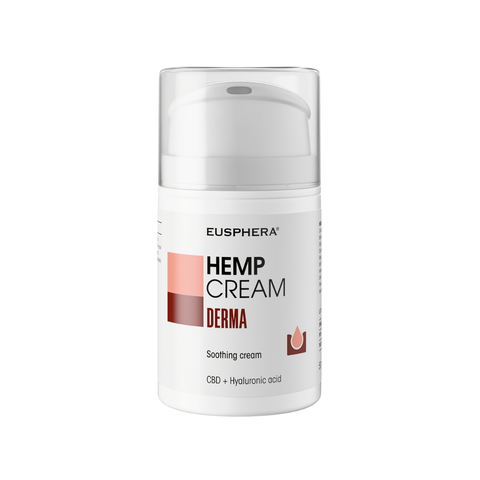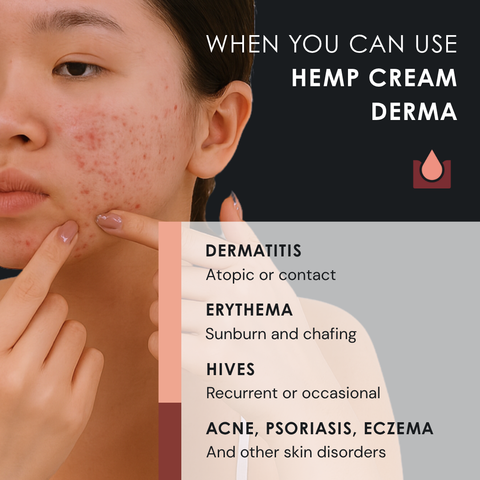Post-workout muscle soreness is a common and widespread experience: it affects beginners, endurance athletes, fitness enthusiasts, and those training for competition alike. In other words, no one is truly exempt. Both sports and everyday life often confront us with this type of pain, very common yet often misunderstood.
Technically known as DOMS (Delayed Onset Muscle Soreness), post-workout muscle soreness typically sets in between 12 and 48 hours after physical exertion, whether from an especially intense workout or simply from a movement the body isn’t used to. The affected areas? Just about any muscle group, without exception: from quadriceps to calves, from the back to the chest. And it's not always limited to a single muscle—more often than not, the discomfort is widespread.
Understanding the causes is the first step in avoiding extended downtime from these kinds of strains. In the following sections, we’ll take a closer look at the most effective remedies and prevention strategies to reduce discomfort and maintain training consistency.
Why Do Muscles Hurt After a Workout?
During eccentric contractions, muscle fibers undergo micro-tears. These small injuries trigger a localized inflammatory response.
Factors that increase the severity of DOMS include a rapid increase in exercise intensity or volume, explosive movements or sharp changes in direction, insufficient sleep, poor nutrition, and inadequate hydration, which slows down the elimination of muscle toxins.
Effective Natural Remedies to Reduce Muscle Soreness
There are several proven strategies to naturally and effectively relieve post-workout muscle soreness:
1. Massaggio sportivo.
According to some studies, deep tissue massage performed by a qualified therapist can improve venous and lymphatic return, reduce swelling, and release fascial tension. Controlled trials have shown a significant reduction in pain intensity 48 hours after exercise.
2. Active recovery.
Instead of remaining inactive, dedicating 10–15 minutes to light cycling, walking, or gentle swimming helps maintain oxygen flow to the tissues and accelerates the removal of metabolic waste, supporting the resolution of DOMS.
3. Cryotherapy or Cold Showers.
Cold exposure causes vasoconstriction followed by reactive vasodilation, the so-called “pump effect”, which helps drain inflammation. This practice is widely used in endurance sports or after high-volume training sessions.
4. Graduated Compression.
Compression socks or sleeves help prevent venous pooling and support the venous pump, the mechanism that returns blood from the lower limbs to the heart. The effect on pain is generally modest but consistent, particularly useful for leg soreness after long-distance running.
5. Topical Creams and Ointments.
Applying a muscle pain relief cream or a muscle pain relief cream with CBD, arnica, or menthol, can stimulate superficial vasodilation and create a mild anti-inflammatory effect. It can be helpful for sore thighs, arm muscles, or localized lower back discomfort.
If the soreness is intense, a combination of treatments may offer better relief. For example: 5 minutes of light cycling, followed by deep massage and the application of a cream to the affected areas.
Nutrition and Supplements to Support Muscle Recovery
A balanced and targeted diet can really make a difference in promoting effective muscle recovery. In this section, we’ll look at the key nutritional and supplemental allies that can aid the process.
1. Natural supplements: Omega-3, Magnesium, Curcumin
· Omega-3 fatty acids, found in oily fish and flaxseeds, are excellent allies for those who exercise regularly. Some studies on overweight individuals have demonstrated the benefits of omega-3 supplementation. A daily intake of 1 to 3 grams can help reduce muscle soreness and lower certain inflammation markers after training.
· Magnesium is a mineral involved in hundreds of processes within the body. It supports energy production and promotes muscle relaxation, which is why many people take it before bed or after intense workouts.
· Finally, turmeric, the well-known yellow spice, contains curcumin, a powerful natural anti-inflammatory that works by modulating key inflammatory pathways in the body and may help alleviate muscle pain and stiffness after intense exercise.
2. CBD as a Natural Support for Relieving Post-Workout Muscle Soreness
Cannabidiol (CBD) interacts with the endocannabinoid system by modulating pain thresholds and reducing inflammation. A recent study also suggests it may improve markers of muscle damage, promoting faster recovery.
To learn more, read our articles on CBD and inflammation or CBD and tendonitis, and explore Eusphera’s range of CBD oils.
Those looking for practical and targeted support to manage muscle soreness or optimize recovery can find effective solutions in specific formulations such as EU4Dol Plus, designed to provide a natural anti-inflammatory action, useful for muscle fatigue or localized tension. For those who work out on a regular basis, EU4Sport can be a comprehensive ally before and after training, thanks to its formulation that supports the body ahead of physical activity and encourages faster, more effective recovery afterward.
Preventing Muscle Soreness: 8 Practical Tips
1. Hydration and electrolytes: replenish fluids, sodium, potassium, and magnesium, especially when sweating heavily. A bottle of water with electrolytes during and after your workout is a simple yet crucial habit.
2. Gradual progression: if you don’t have a personal trainer, increase load or volume by no more than 10% per week.
3. Dynamic warm-up: perform 10–15 minutes of mobility and activation exercises before training to raise muscle temperature.
4. Proper technique: maintain correct form to reduce back soreness and prevent compensations that can stress knees and shoulders.
5. Active cooldown: after intense effort, do a few minutes of low-intensity movement to promote venous return and reduce DOMS.
6. Quality sleep: get at least 7 hours of sleep per night to take advantage of the nighttime GH peak, which is vital for muscle repair.
7. Gentle stretching: stretch your muscles post-workout, but avoid overdoing it, as excessive stretching can worsen micro-tears.
8. Post-Workout Routine: start incorporating these recommended remedies right away, such as a cool shower, proper hydration, a high-protein snack, and 5 minutes of foam rolling.
When to Be Concerned About Muscle Soreness
DOMS is physiological, but there are some warning signs to watch out for:
● Pain that lasts more than a week or gets worse over time
● Significant swelling and loss of function, especially if the pain interferes with daily activities
● Sharp, localized pain felt immediately after a movement, this could indicate a muscle tear or tendon injury
In these cases, it’s best to consult a doctor or a sports physiotherapist.














